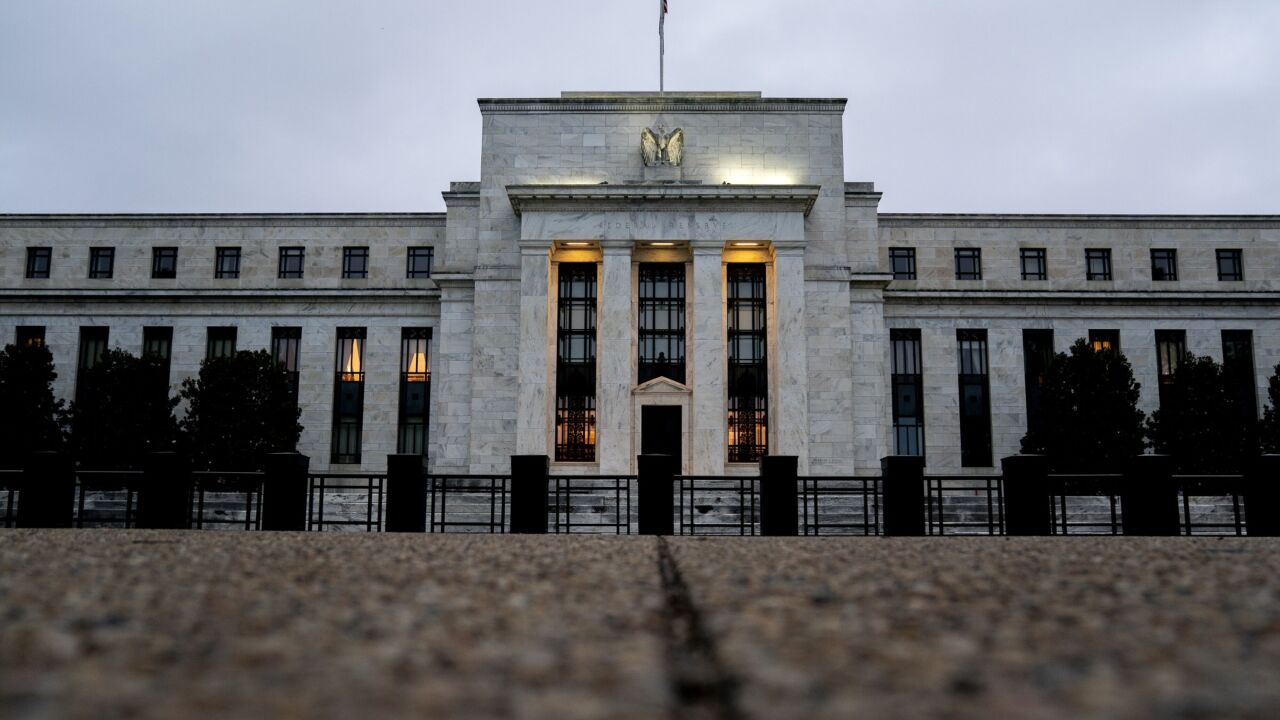ORLANDO-John Tippets knows something about growth. So it was no big surprise that the man who led the turnaround as CEO of North Island CU had the crowd's attention at Credit Union Journal's Grow Show.
So-not surprisingly-before a credit union can grow, it must first stop the bleeding.
Tippets, who had formerly led American Airlines FCU, came out of retirement to help turnaround North Island in 2009, and he offered the Grow Show audience observations and advice from his three-year term as interim CEO there.
When Tippets came aboard in 2009, NICU was losing an average of $2.5 million per month. Not surprisingly, NCUA required the CU to implement a net worth restoration plan, its MBL operations were suspended and the credit union was instructed to seek potential merger partners. One indicator of the state of North Island was that despite a strong brand presence and a competitive CU market in San Diego, no other CUs were interested in a merger.
The 'Lemmings'
Myriad factors contributed to its troubles, including the California real estate bubble, high operating expenses ($60 million at the end of 2007), the WesCorp failure and a general "lemmings" attitude among some in management. "Whatever Washington Mutual could do, credit unions could do; whatever Countrywide could do, credit unions could do," he said, recalling institutions that went over the cliff.
It was a grim picture, and Tippets told the crowd that when took the helm in 2009 "I feared the worst-I took a short-term lease on an apartment; I signed a six-month agreement with the credit union."
But Tippets was also confronted with some genuine surprises. While the staff had been shrunk significantly, the remaining senior staff was extremely competent, the volunteer board was dedicated, the CU was only confronted with one lawsuit (which was quickly resolved), North Island had built a 75% checking penetration and it had exceptional brand awareness in the San Diego region.
Strategies And Priorities
ALM and rebalancing the portfolio became priorities, along with cost cutting. To that end, it restructured its certificate offering to reduce short-term certificates. "We took every certificate off the shelf that was under three years. We couldn't make money for our savers or for our credit union. It was totally counterproductive and we just took it off the shelf." To entice members to invest in the longer-term certificates, and stabilize its cost of funds, North Island implemented a "rising-rate guarantee" that offered to raise rates on those certificates should rates rise. For those whose short-term CDs came due, it sent them a check and pushed them toward its investment and insurance options. As a result, its cost of funds dropped from 1.43% in 2010 to just 0.21% at the end of 2012.
North Island increased staffing to address problems in delinquencies and charge-offs, with overall delinquencies reduced by $66 million between 2008 and 2012. It also implemented better card monitoring to block more transactions, which saved more than $500,000 in card fraud annually.
Challenge of $42M HQ
Prior to Tippets' arrival North Island had built a $42-million headquarters, which had become a primary driver in its high operating expenses. The CU was able to lease two floors of that building, reducing annual net costs of the facility from $2.1 million to $350,000 at the end of 2012. To further reduce costs, Tippets said NICU "hugged" its vendors, which he described as, "Hold them close to you and squeeze them tight. And if they weren't happy with that, we told them we had somebody else to serve that role."
Those steps and others, including the closure of seven branches, reduced North Island's expenses from $60 million annually in 2007 to $33 million last year. "We all deal with adversity," said Tippets. "The key thing with adversity is getting up the next day and figuring out how you're going to confront it."





